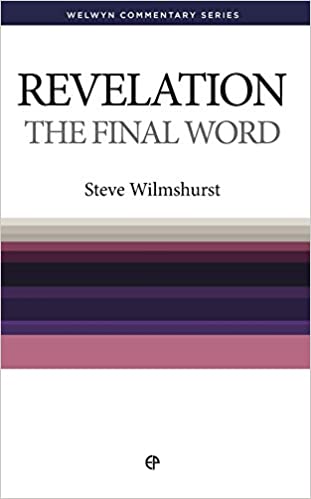The inevitable first question: How does the author approach the interpretation of Revelation? On the one hand he affirms that the events of the book ‘are unrolling through history all the way from the time of John until Christ returns in glory’. On the other hand, he recognises that ‘Revelation does not run in a straight line through history … It is more as if we are looking at the same scene from many different angles, one at a time’ (p.15). In his exposition of Chapter 20, he takes the historical pre-millennial approach.
The author expounds Revelation in twenty-one chapters and never lets us forget its grand purpose. It was not written to stimulate curiosity but to provide solid comfort for believers who are finding Christian life hard on account of persecution.
Hard as things are, they may rest assured that they are on the victory side. The Saviour whom they serve is on the throne of heaven and will ultimately destroy all opposition and bring his people into the enjoyment of a world without evil.
The final word is a new contribution to the Welwyn Commentary series. Like the companion volumes it is written in a non-technical style and with helpful application. It has many excellent illustrations as well.
The book began life as a series of sermons and the reader will be richer for that. We are taken through Revelation by a guide who has had to wrestle not only with the meaning of the book but with the challenge of presenting its message to a contemporary audience — in a way that is both pastorally and evangelistically relevant.
Dr Wilmshurst has succeeded and now, through the medium of the printed page, we can enjoy the fruits of his good work.






